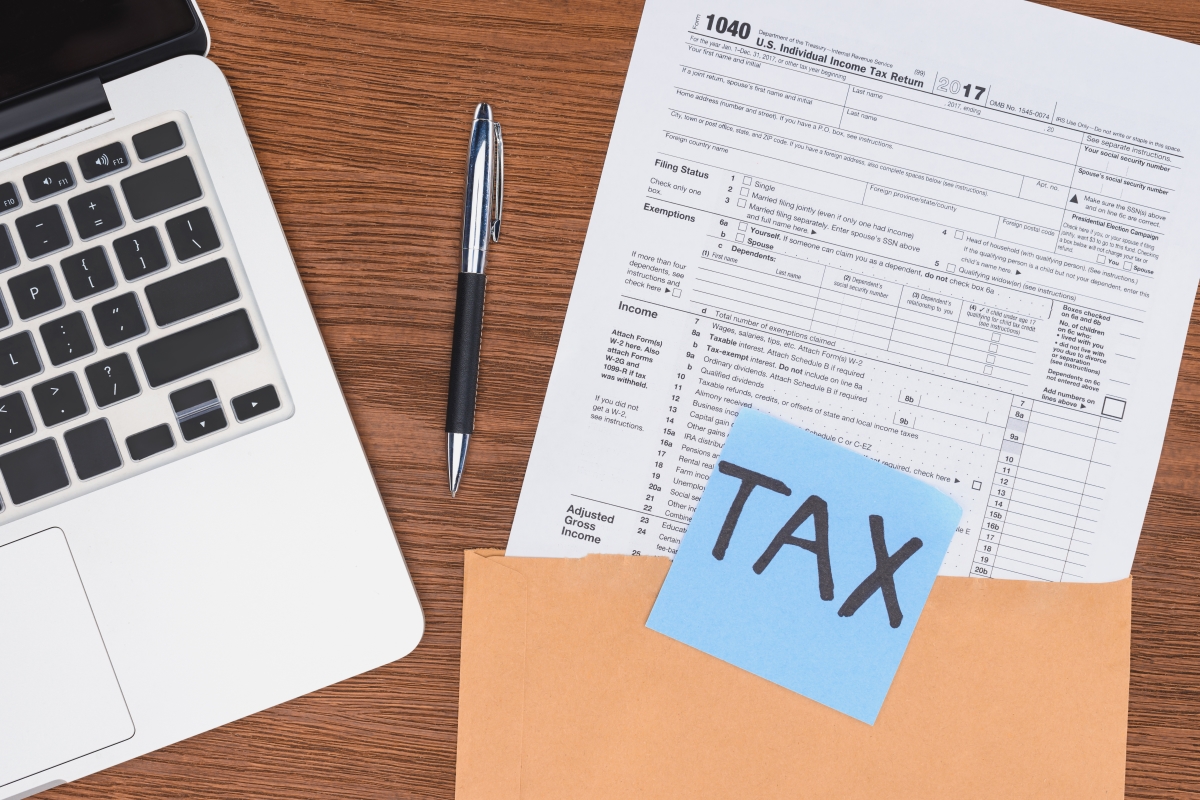
Not all interest rates mean the same to everyone. When looking at rates it’s important to view them from more than one perspective. First historically: Are rates higher than they were 15 days ago? At the moment, yes. Second: Are rates much lower than they were 15 months ago? Most certainly. More importantly, you should view them as they relate strictly to you: What is my current rate? What are my long-term plans? And, more to the point: what does the math tell us?
Rates can often be an emotional trigger for many people, which is the opposite of what they should be. It’s just a number. What that number tells us is the important thing. A rate of 3.5% is more valuable to someone who is currently at 5.0% than it is to someone who is at 3.625%. People always want a lower rate, but it doesn’t always make sense. Are you paying costs to refinance? Are you already a few years into your amortization schedule? It’s all one big math equation and an expert can help you figure out what makes the most sense for you.
While most people are battling to get the lowest overall short-term payment, some people are winning the long-term war by using their mortgage as part of their holistic approach to their financial planning. A mortgage is merely one part of your interconnected and life-long financial plan. What you do with your retirement funds, or for those planning for a child’s education, should be taken into consideration when deciding what to do with your mortgage. On a more real-estate-focused thought, what your long term plans are for the property need to be considered as well.
Examining shorter loan terms as opposed to a 30-year fixed is the perfect example. Let’s say a 15-year fixed rate is 3.0% while the 30-year fixed rate is 3.5%. There are obvious savings going from one to the other, one is short-term and the other is long-term. On a $300,000 loan using these interest rates, a person will save $112,054 over the life of the loan by taking the 15-year fixed. By investing that money, you can fund part of your retirement or pay for part or all of a child’s college education. These are significant and necessary funds.
That said, the extra $725 per month, is no small price to pay for saving all that money. One other option to consider is this: what if I can afford the extra $725 per month but I’d rather borrow the money at all-time low rates and invest it in the market where I can make more than 3.5%? After all, the people who have mastered this particular game have names like JP Morgan Chase and Bank of America so it’s not a horrible idea.
If you’re going to be in the loan for 5-7 years, then maybe that 15-year loan doesn’t make sense. Most of the savings you will reap, as compared to the 30-year fixed, will be from living in the home rent-free during the years 16-30. In the same way that equity isn’t real until you sell the home for a profit, savings also aren’t real until you compare one thing to another. That’s the reason why rates and loan terms can’t just stand on their own. They are a comparative math problem. Sometimes the solution is to do nothing. But sometimes the solution is to look at things a different way and discover that there may be an opportunity that you don’t want to miss.
- Is the payment (approximately 40-45% higher) on the 15-year loan going to be too costly on a monthly basis? Or is it no skin off my back?
- Is there something else I should be investing this money in if I’m never going to pay off the loan?
- How long am I going to be in the loan?
- What if I can’t sell the home when I plan to move out and it makes sense to rent it at that point?
- Am I willing or wanting to be a landlord?
- What are my other plans for child education and/or retirement?



